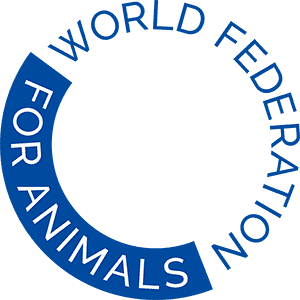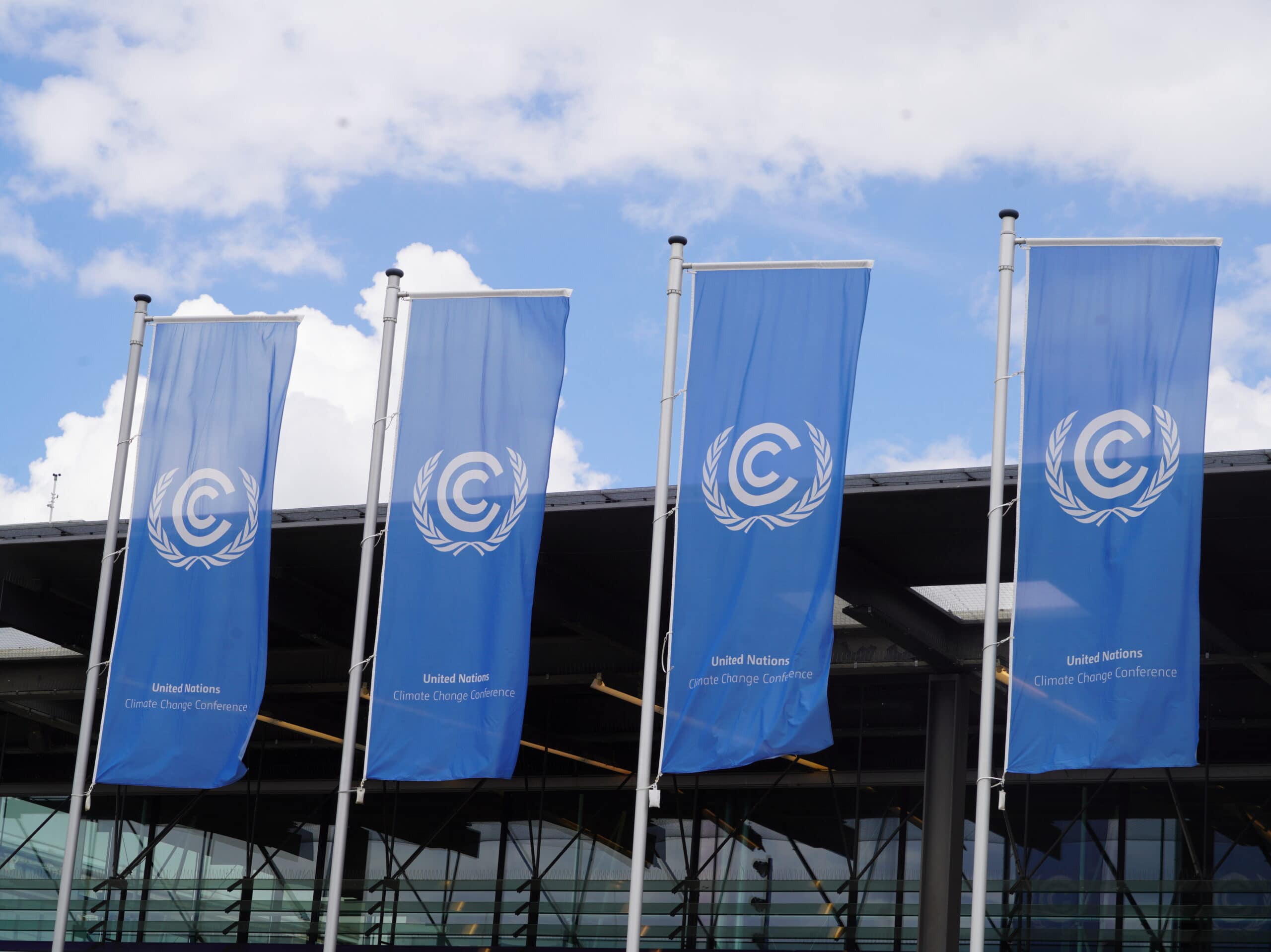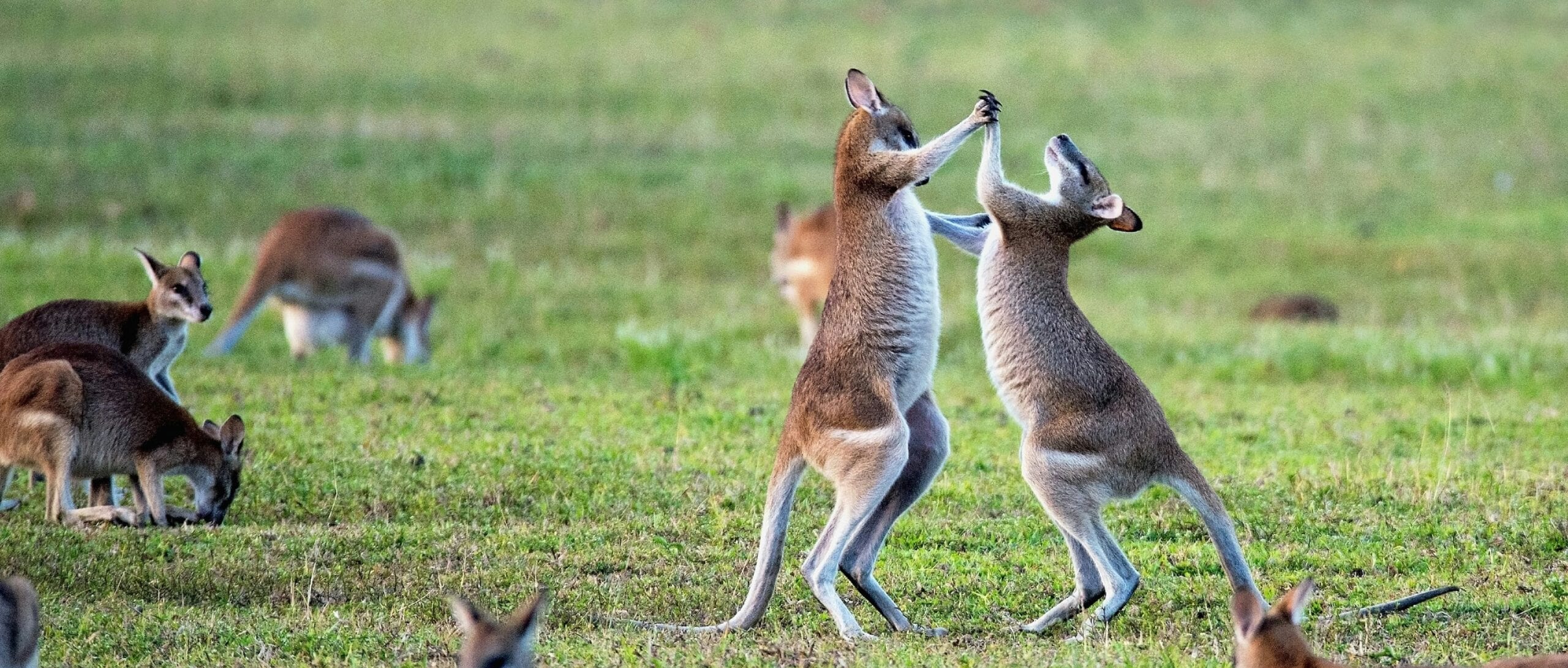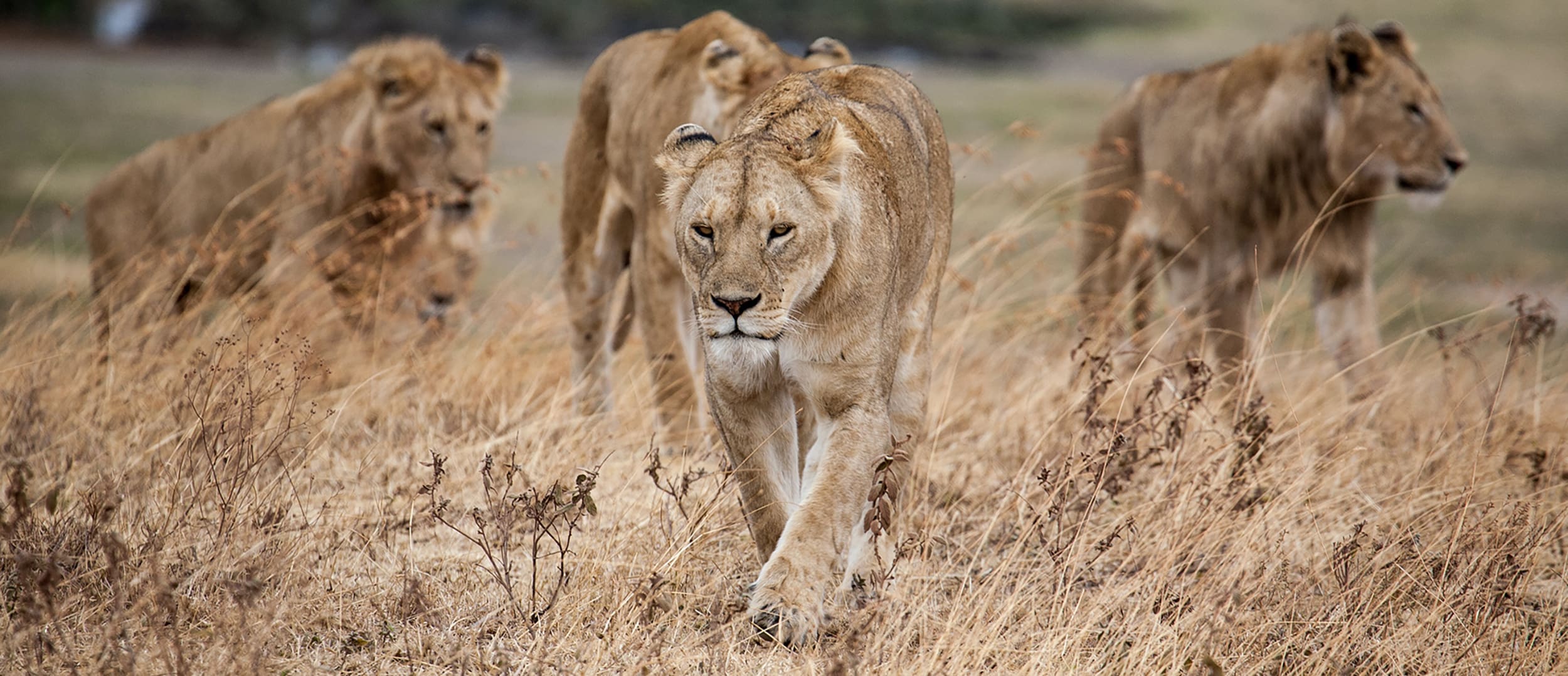Why and how the United Nations should include animal welfare in the post-2020 Global Biodiversity Framework
This week, the UN Convention on Biological Diversity process will take the next step in discussions on the most recent draft of its new ten-year strategy to protect biodiversity on a global scale.
The World Federation for Animals and a coalition of animal welfare organisations have submitted a position paper laying out how this convention can integrate animal protection and recognise the intrinsic links between the welfare of animals, the planet and humans in order to reduce the future risk of pandemics that could arise from humanity’s interactions with wild animals and biodiversity.
1 million species are at risk of extinction.
When animals suffer and face extinction, it has a knock-on effect that disrupts the environment, food systems, human livelihoods, accelerates climate change and increases the risk of pandemics. The Global Biodiversity Framework (GBF), scheduled to be adopted at the 15th meeting of the Conference of the Parties in 2022 in Kunming, is a unique opportunity to change track and include the need to better protect animals as part of the natural world.
However, although overexploitation of nature is a key driver of extinction and biodiversity loss, the current draft of the GBF, which acts as the strategy for the convention for the next decade and guides implementation of biodiversity and wildlife policy in signing countries, fails to effectively address this exploitation of biodiversity, including animals.
Through the World Federation for Animal’s (WFA’s) working group on the Convention for Biological Diversity chaired by Born Free, a coalition of animal welfare organisations are calling on the Open-Ended Working Group to create a draft that:
1. Clarifies and expands the definition of ‘sustainable use’
Sustainable use of the components of biological diversity is one of the three founding objectives of the Convention on Biological Diversity (‘CBD’).
However, ‘sustainable use’ as applied in the current draft framework prioritises “meeting people’s needs” over the reduction of exploitation and elimination of threats to biodiversity and the active conservation and restoration of biodiversity in order to halt its loss and ensure its long-term recovery.
The new draft should flip this approach and treat ‘sustainable use’ according to strict criteria for assessing biological and ecological sustainability. The organisations also argue that the three objectives of the convention (conservation, sustainable use, and equitable sharing of benefits) must be considered as a “cascade”, with sustainable use and benefits only possible with effective conservation and stabilization of ecosystems and species.
2. Integrates animal health and welfare considerations
The COVID-19 pandemic made it clear that we need real transformative change to our relationship with wildlife and nature. The World Organisation for Animal Health recognises that “human health and animal health are interdependent and bound to the health of the ecosystems in which they exist”. Over 70% of new diseases are zoonotic in origin. COVID-19 was not an anomalous event: it was a predictable outcome of our exploitation of nature, and if we don’t change track, may be the start of many future pandemics.
The post-2020 GBF must recognise this threat and integrate animal health and welfare by recommending truly transformative approaches to mitigate pandemic risks, conserve and protect biodiversity, while halting and reversing its loss, and to reset our fundamental relationship with the natural world.
With the IPCC report showing what is at stake without robust and effective action to protect the natural environment, it is painfully clear that there are still serious gaps in policies and in the international commitments of policymakers to close the gap between our current situation, and a world that is sustainable for humans, animals and the planet alike.
The Open-Ended Working Group discussions are a unique chance to create a Global Biodiversity Framework that helps close this gap and builds a relationship between humans and nature that brings us closer, not further, from the goal of ‘living in harmony with nature’ by 2050.





